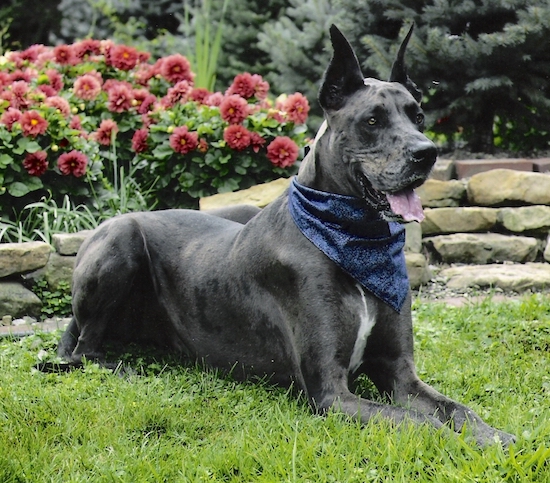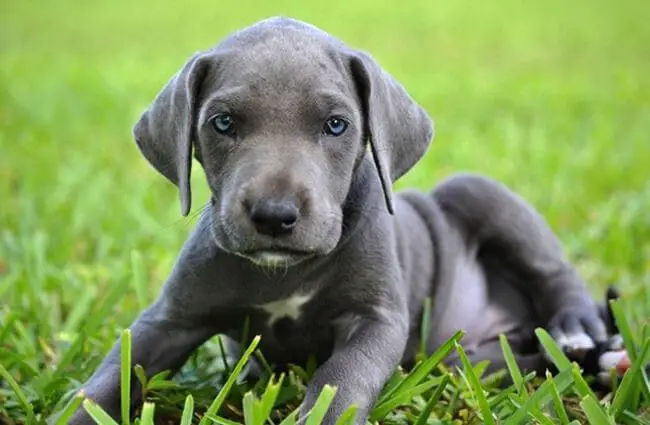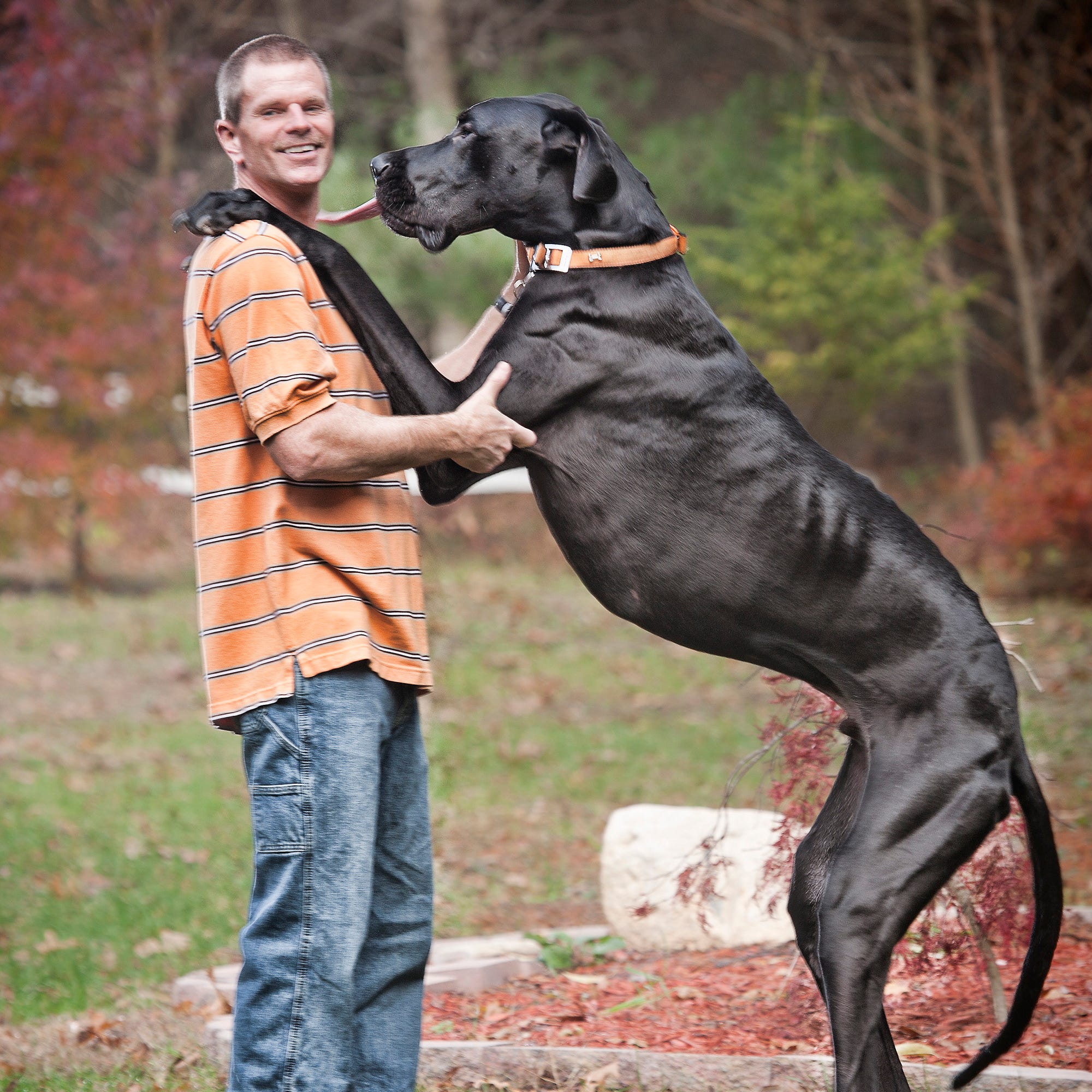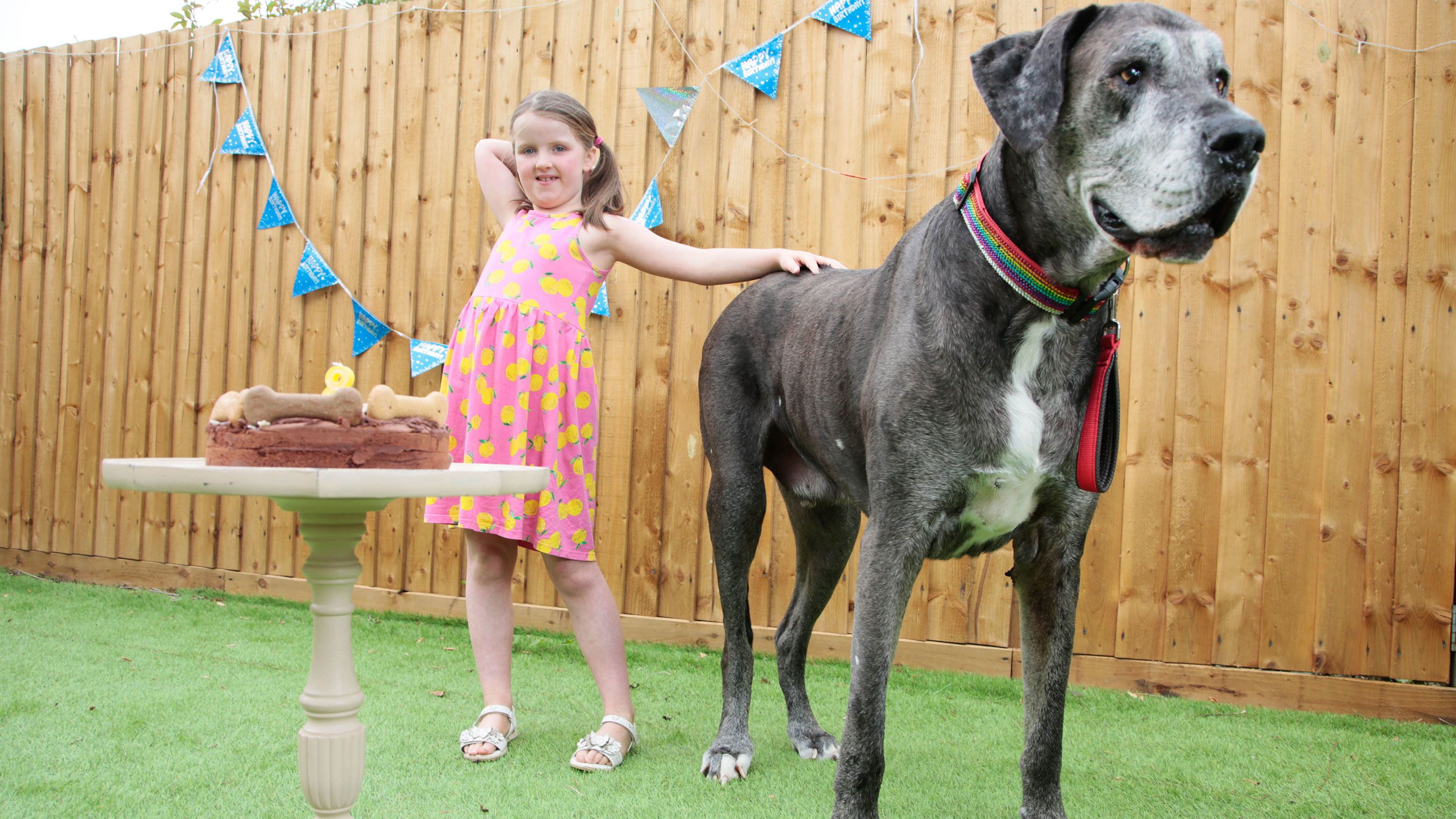The Great Dane is a breed of dog that commands attention with its towering size and regal presence. Known for their gentle nature and strong loyalty, these dogs have become a popular choice for families and individuals alike. In this article, we will explore the history, characteristics, and care of the Great Dane, as well as how to incorporate them into your life as a treasured companion.
History of the Great Dane

The Great Dane originated in Germany, where it was known as the “Deutsche Dogge” or German Mastiff. It is believed that the breed descended from ancient war dogs, such as the Molossus, which were brought to Europe by the Roman army. Over time, these dogs were bred with Irish Wolfhounds and English Mastiffs to create a larger and more powerful breed.
In the 16th century, the Great Dane became a favorite of European nobility and was used for hunting large game such as boar and bear. However, during World War II, the breed’s population drastically declined and it was on the brink of extinction. Thanks to the efforts of dedicated breeders, the Great Dane was revived and is now one of the most beloved breeds in the world.
Characteristics of the Great Dane

The Great Dane is often referred to as the “Apollo of dogs” due to its graceful and majestic appearance. They are known for their massive size, standing at least 28 inches tall and weighing between 100-200 pounds. Despite their intimidating stature, they are actually gentle giants with a calm and friendly demeanor.
Physical Features
Great Danes have a short and glossy coat that comes in a variety of colors including fawn, brindle, black, blue, and harlequin. Their coats require minimal grooming, but regular brushing can help keep shedding under control.
Their heads are long and narrow, with a distinctive deep-set and expressive eyes. They have a powerful jaw and a pronounced stop which gives them a dignified and noble expression. Their long and muscular necks lead to a strong and broad chest, giving them a regal stance.
Temperament
Despite their imposing size, Great Danes are known for their gentle and loving nature. They thrive on human companionship and make excellent family pets. They are patient and tolerant with children and get along well with other animals, making them an ideal choice for multi-pet households.
However, due to their large size, early socialization and training are essential. While they are not aggressive by nature, proper training will help them become well-mannered and obedient companions. Great Danes are also known to be protective of their families and make excellent guard dogs.
Health Concerns
Like all breeds, Great Danes are prone to certain health issues. The most common health concerns for this breed include hip dysplasia, bloat, and heart disease. It is important to work closely with a reputable breeder and ensure that your Great Dane receives regular veterinary check-ups to catch any potential health problems early on.
How to Incorporate a Great Dane into Your Life

If you are considering adding a Great Dane to your family, there are a few things to keep in mind to ensure a smooth transition.
Space and Exercise Needs
Due to their large size, Great Danes require ample space to move around and exercise. They are not well-suited for small living spaces and need a yard or open area to stretch their legs. However, it’s important to note that they are relatively calm and do not require excessive exercise. A daily walk or playtime in the yard is usually sufficient to keep them happy and healthy.
Diet and Nutrition
Great Danes have specific nutritional needs due to their large size and rapid growth rate. It’s essential to discuss a proper diet with your veterinarian to ensure that your Great Dane receives all the necessary nutrients to support their growth and overall health. It’s also important to monitor their food intake and avoid overfeeding, as obesity can lead to several health issues in large breeds.
Training and Socialization
As previously mentioned, early training and socialization are crucial for Great Danes. Due to their size, it’s important to establish yourself as the pack leader and teach them basic obedience commands. Positive reinforcement techniques work best with this breed, and patience and consistency are key in their training.
Comparisons of Great Danes with Other Breeds

While there are many wonderful breeds of dogs, the Great Dane stands out for its unique characteristics and personality. Here are some comparisons between Great Danes and other popular breeds.
Great Dane vs. Mastiff
Both Great Danes and Mastiffs are large breeds with gentle and affectionate personalities. However, Great Danes are more energetic and require more exercise compared to the laid-back Mastiff. They also have different coat types, with Great Danes having a shorter and easier to maintain coat compared to the Mastiff’s longer and thicker coat.
Great Dane vs. Irish Wolfhound
The Irish Wolfhound is another large breed that shares some similarities with the Great Dane. Both breeds have a similar height and weight range, but the Irish Wolfhound has a more athletic build compared to the Great Dane’s stocky frame. The Irish Wolfhound also has a longer lifespan, with an average of 8-10 years compared to the Great Dane’s 6-8 years.
Great Dane vs. Saint Bernard
Saint Bernards are known for their rescue and search abilities, while Great Danes excel at being guard dogs. While both breeds have similar temperaments and require similar care, Great Danes are generally more active and may need more space to roam compared to the laid-back Saint Bernard. They also have different coat types, with Saint Bernards having a longer and thicker coat.
Advices for Great Dane Owners

For those considering adding a Great Dane to their family, here are some tips and recommendations for providing them with the best care possible.
Socialization is Key
As mentioned earlier, socialization is crucial for Great Danes due to their large size. It’s important to expose them to different people, animals, and environments from a young age to prevent any potential behavior issues. This will also help them become well-adjusted and confident dogs.
Be Mindful of Their Size
Owning a Great Dane comes with its own set of challenges, one of which is their size. It’s important to take special precautions when they are around small children or elderly individuals, as their size can accidentally knock them over. Training them to be mindful of their size and to control their movements is important for their safety and the safety of others.
Regular Veterinary Check-Ups
As mentioned earlier, Great Danes are prone to certain health issues, and regular veterinary check-ups are necessary to catch any issues early on. It’s important to work closely with your veterinarian and stay updated on your Great Dane’s vaccinations, deworming, and other preventative measures.
Conclusion
In conclusion, the Great Dane is a majestic and loyal companion that makes an excellent addition to any household. With proper care, training, and socialization, they make wonderful family pets and are sure to capture the hearts of all who meet them. If you are looking for a gentle giant to join your family, the Great Dane may just be the perfect breed for you.